Posts About natural history
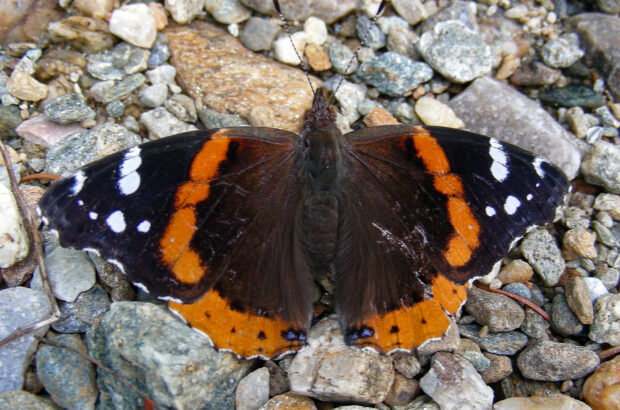
Red Alert! The Admirals are Coming
Right now, hundreds of thousands, perhaps millions, of butterflies are arriving in Vermont. No, they’re not Monarchs. These are Red Admirals, and about every decade or so, there’s a massive migration northward from somewhere south. It’s one of the many great migrations that often go unnoticed.
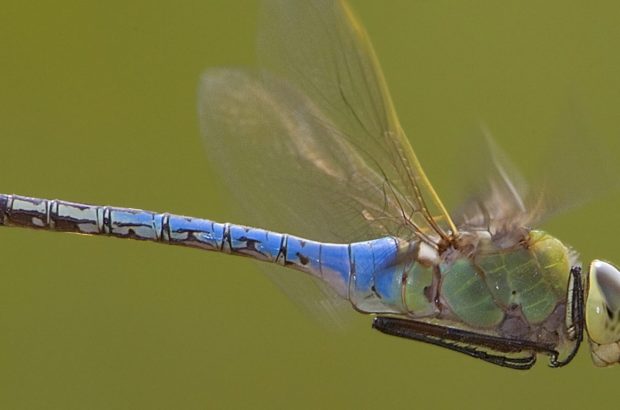
Common Green Darners have a Mysterious Migration Through Vermont
The first Common Green Darners to arrive in Vermont this spring on their northward migration were actually seen in the far northern part of the state. They arrived later than expected, but they’re finally here!
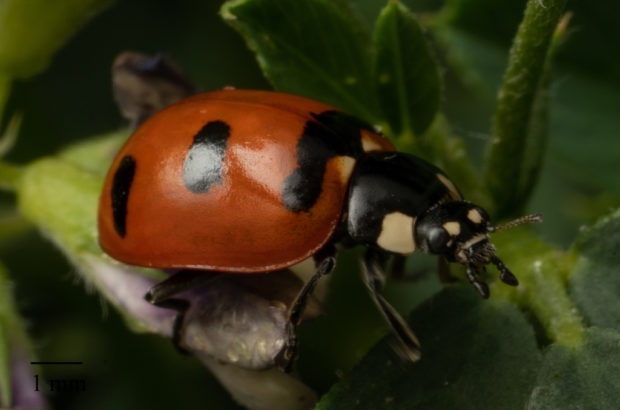
The Search for Missing Lady Beetles
Most lady beetles, also called ladybugs, feed on small, soft-bodied insects, including aphids, mealybugs, and scale insects, many of which can cause a lot of damage to garden plants and native flora if their populations grow too large. Lady beetles can smell compounds released by stressed plants and aphids, allowing them to locate their prey in the landscape. Learn more about these important species and how you can participate in the Vermont Lady Beetle Atlas here.
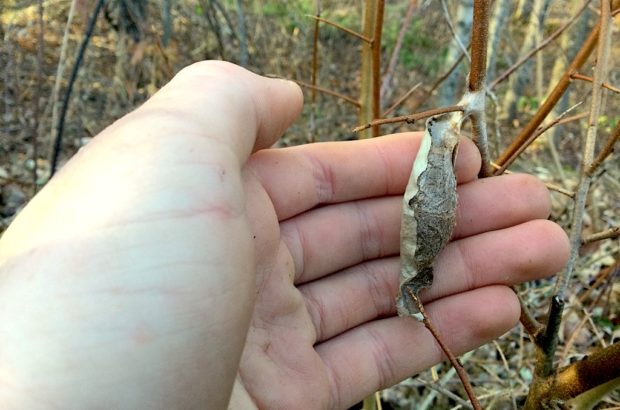
Still Time to Contribute to the Vermont Giant Silk Moth Cocoon Watch!
It has already been a great success. And there’s still more than two weeks left for you to contribute! Since the beginning of November, observers like you have been searching for these large cocoons and sharing with our project on iNaturalist. We’ve now tallied over 60 observations of four out of five Vermont species!
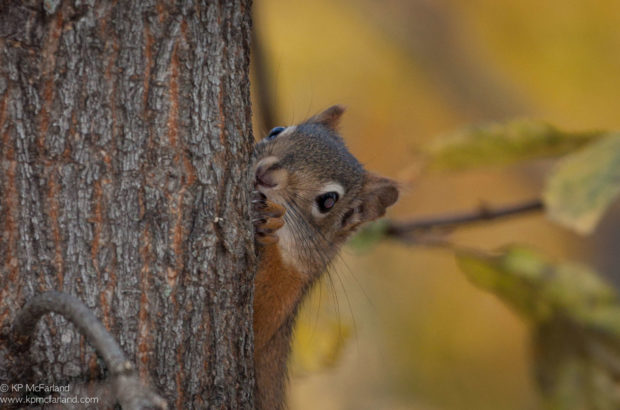
Mast and Mammals
Finding acorns, beech nuts and cones in the forest is easier in some years than others. Tree masting events or the synchronous fruit production across large areas, is a phenomenon caused at least in part by summer temperatures. When nuts and cones are plentiful, many small mammals take full advantage of the bounty. iNaturalist reports are starting to yield insights into these important cycles.
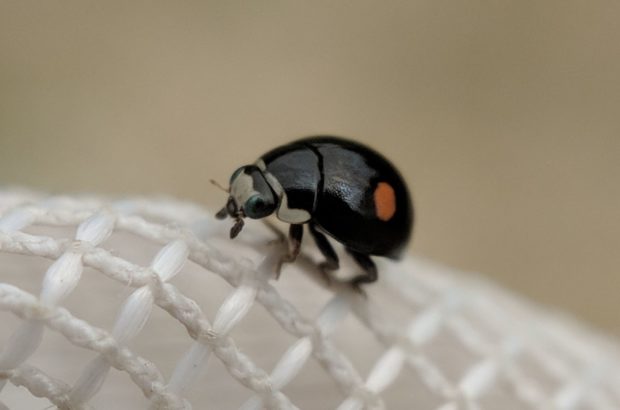
Vermont Lady Beetle BioBlitz (and more!)
Did you know there are over 400 native ladybug (aka lady beetle) species in North America or that there are 35 native species (at least) in the state of Vermont? Unfortunately, native lady beetles are in decline across North America and in Vermont. In fact, 12 of our native species have not been seen in Vermont in over 40 years! Join us in our search for lost ladybugs.
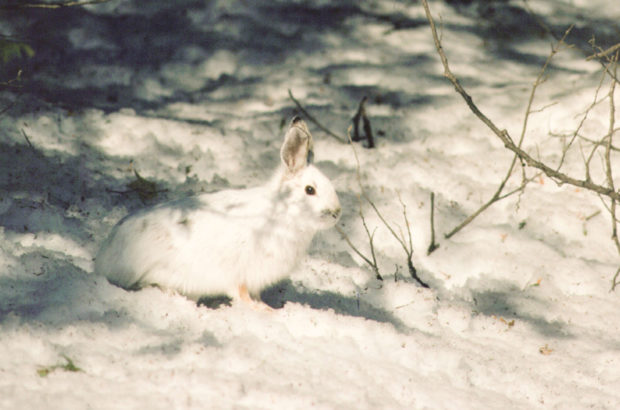
Rabbit Hemorrhagic Disease May Threaten Vermont’s Rabbits and Hares
The Vermont Fish and Wildlife Department says a disease affecting rabbits and hares previously found in western states may be moving eastward. Rabbit hemorrhagic disease (RHDV2) is a virus known to be extremely lethal to wild and domestic rabbits, including cottontail rabbits and snowshoe hares.
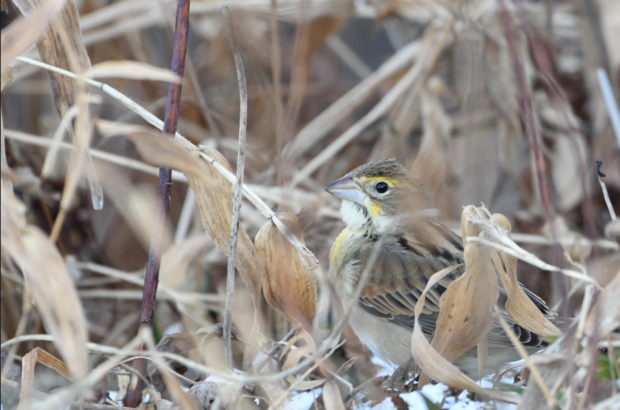
Vermont Town Birding Challenge
Vermont’s 251 towns offer up a vast array of habitats and birdlife. Recently, Vermont birder Bob Heitzman accomplished his goal of birding in each of Vermont’s 251 towns, a monumental achievement! Learn how focusing your birding efforts at the town level can be rewarding in so many different ways.
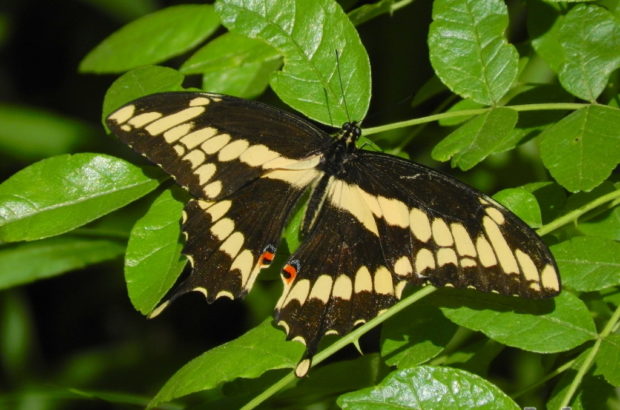
A Giant Leap Northward for a Butterfly
It’s hard to miss a giant. In 2010 when the largest butterfly in North America fluttered among Ardys Fisher’s flowers at the end of July, she knew it was something neat. Now, our study published in Frontiers in Ecology and Evolution this week shows an unusually rapid northward range shift by the Eastern Giant Swallowtail over the last two decades.
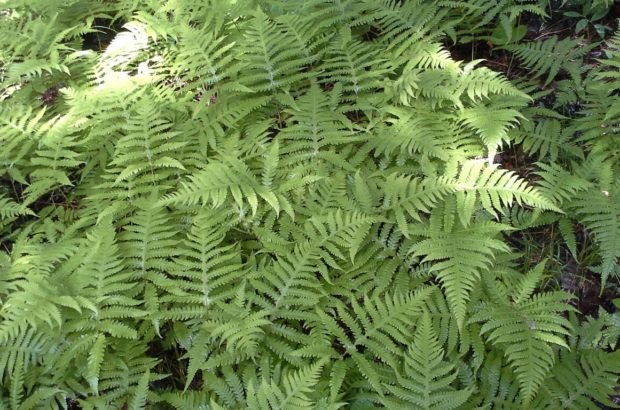
Tall Beech Fern (Phegopteris excelsior): Newly discovered fern species in Vermont
Tall Beech Fern (Phegopteris excelsior) was recently described as a new species. Tall Beech Fern was originally thought to be a hybrid of Long Beech Fern (P. connectilis) and Broad Beech Fern (P. hexagonoptera). Further analysis proved that Tall Beech Fern is of hybrid descent, but not from a hybridization event between Long and Broad Beech Ferns. Given the number of differences between Tall Beech Fern and the species it is most closely related to—Long Beech Fern—Tall Beech Fern was described as a new species.






